Petrea volubilis, commonly known as Purple Wreath, Queen’s Wreath, or Sandpaper Vine, is a charming evergreen climber from the Verbenaceae family. This woody-stemmed vine features green, papery leaves and is celebrated for its stunning purple flowers that create a striking display during early spring and summer.
Thriving in sunny locations with well-drained soil, Petrea volubilis is surprisingly resilient, tolerating dry periods while maintaining its ornamental appeal. Its lush blooms and vigorous growth make it an excellent choice for adding vertical interest to gardens, trellises, or fences. This versatile vine combines beauty and hardiness, making it a favorite among gardeners seeking low-maintenance yet visually captivating plants.
| Common name | Petrea, Purple Wreath, Queen’s Wreath, Sandpaper Vine |
| Botanical name | Petrea volubilis |
| Family | Verbenaceae |
| Species | volubilis |
| Plant type | Vine |
| Flowering period | Spring |
| Flower color | Lavender, Purple |
| Uses | Coastal |
I. Appearance and Characteristics
Petrea volubilis, commonly known as purple wreath, queen’s wreath or sandpaper vine, is an evergreen flowering vine in the family Verbenaceae, native to Tropical America, that is valued especially for its display of violet flowers.
As a climbing plant, it grows to a height of 12 m (39 ft), but as a shrub it grows to 4 m (13 ft) tall. It is a vine or semi-climbing shrub with puberulent stems, sometimes reaching 10 cm (3.9 in) in diameter. Leaves are elliptical-oblong, 5–16 cm long and 3–8cm wide, apex acute or obtuse, base wedge-shaped, entire margin, sometimes sinuous, glabrous or pubescent, rough to the touch; petiole 0.2–1 cm long.
The flowers emerge from bracts. Racemose inflorescences 8–20 cm long, axillary or terminal, solitary, puberulent rachis, 5-mere flowers on puberulent pedicels supported by a deciduous bract ; calyx tube 0.2–0.7 cm long, glabrous or puberulent, corolla infundibuliform, 1 cm long, puberulent, blue; ovary and glabrous style. Drupaceous fruit completely enclosed in the acrid calyx which acts as wings or floats.
In temperate climates, Petrea volubilis prefers full sun and can tolerate shade, although it will not flower profusely. It handles a very light and fleeting frost at temperatures down to -2 °C, but beyond this threshold the plant would die. It thrives in well drained, fertile soils and can tolerate drought.
You can expect your vine to start to bloom from early summer and it will keep on rewarding you with abundant flowers until the arrival of the winters. During winters the plant tends to become dormant, but that won’t cause any internal harm to the plant. In fact, during winters, you’ll hardly notice any growth in the vine but that’s all for a short span of time. The vine will grow back fully and wonderfully as the spring season arrives.
Petrea volubilis prefers a constant warm, tropical climate, and a sudden cold and hot spell can also make it become temporarily dormant with little to no growth. The same applies to recently replanted petrea. During the dormant period you could take the opportunity to remove dead, unsightly or damaged growth, but don’t prune the plant back.
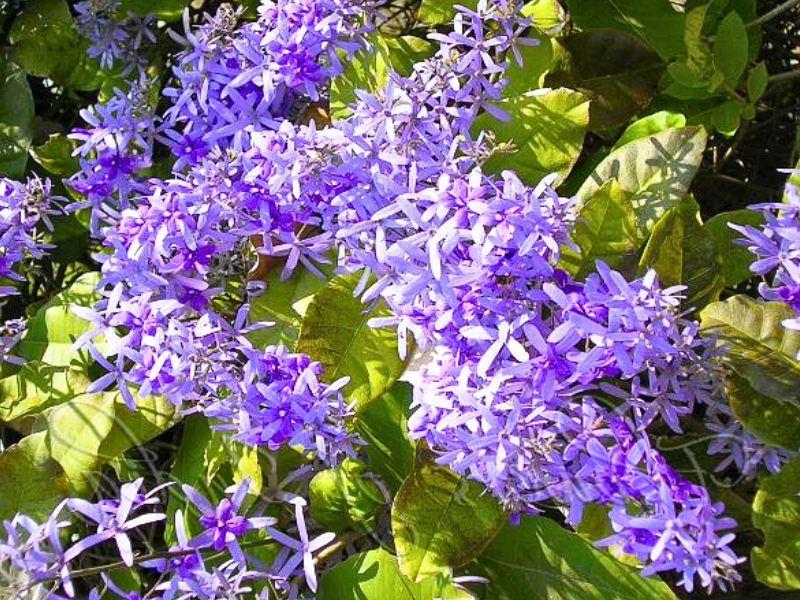
II. How to Grow and Care
Sunlight
Petrea thrives in bright, indirect light; expose it to direct sunlight for only a few hours in the morning or late afternoon to avoid scorching its leaves. Aim for 10-12 hours of light daily, simulating its natural tropical habitat. Too intense or prolonged exposure can lead to leaf burn. Supplemental lighting, like grow lights, can support growth if natural light is insufficient, especially in winter. Ensure even exposure by rotating the plant periodically for uniform growth.
Watering
Thriving in its native tropical habitat, petrea has adapted to periods of heavy rainfall followed by dry spells, developing a moderate drought tolerance. In cultivation, petrea prefers a balance between moisture and well-draining conditions, requiring watering once every 1-2 weeks. As an evergreen plant commonly grown outdoors, petrea ‘s water needs are influenced by its ability to maintain foliage year-round, necessitating consistent soil moisture to support its growth cycles.
Planting Instructions
The petrea genus, or petrea , generally prefers a rich, well-draining soil with full sun to partial shade exposure. Before planting, prepare the area by tilling the soil and incorporating organic material. Position the petrea plants in the prepared areas, ensuring the root ball is level with the soil surface. Water regularly during the establishment period. As a best practice, regularly prune to maintain a desired shape and remember each species may have specific care needs.
Propagation
Petrea can be propagated through various methods including seed sowing, semi-hardwood cuttings, or layering. Key factors for successful propagation are bright light, high humidity, and warm temperatures, ideally between 20-25°C. Well-drained soil rich in organic matter suits it best. Special considerations include treating seeds with a fungicide before sowing and using rooting hormone for cuttings.
Propagation of petrea is moderately difficult due to its susceptibility to rot and the precision required for cutting techniques. To propagate via semi-hardwood cuttings: 1) Cut a healthy 4-6 inch stem during spring or summer, 2) Remove lower leaves, 3) Dip cutting end in rooting hormone, 4) Plant in a mix of peat and perlite, 5) Maintain high humidity and indirect light, 6) Rooting occurs in 4-8 weeks.
Pests and Diseases
This vine is highly pest resistant and you will barely need to make use of any pesticide or insecticide. Seems like the rough surface of the leaves do not fascinate the pests. However, honey bees, Hummingbirds and butterflies love the flowers of this vine and so they’ll often visit your garden in summers.
III. Uses and Benefits
- Ornamental uses
Plant in a sunny to partly shaded position with fertile, well-drained soil. Great for growing along arches, trellises, over pergola’s and fences in tropical and sub-tropical climates.
- Other uses
The Wayapi ethnic group traditionally uses a preparation with sap to treat burns, wounds, inflammation and abscesses, and in the Caribbean it is used to treat diarrhea.
Find Where to Buy the Best Purple Wreath (Petrea volubilis)





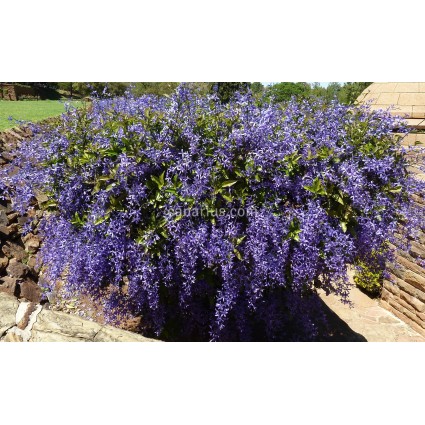


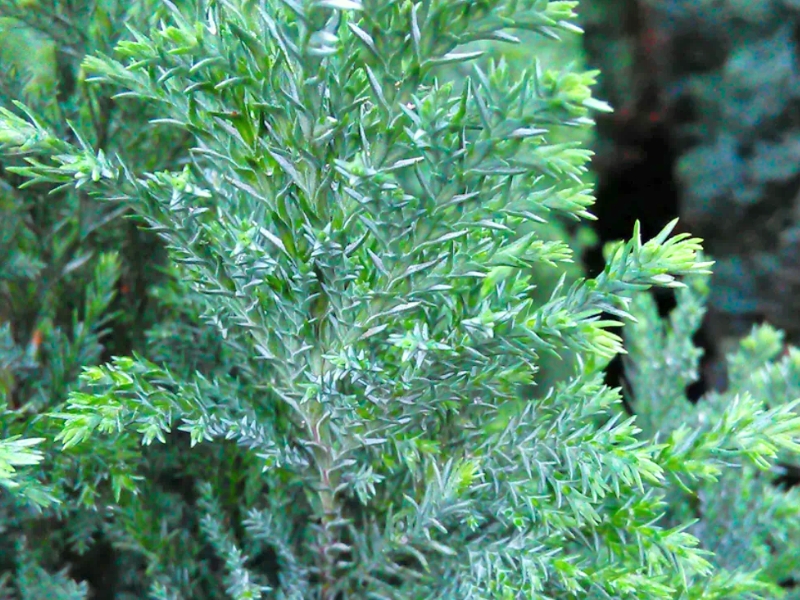
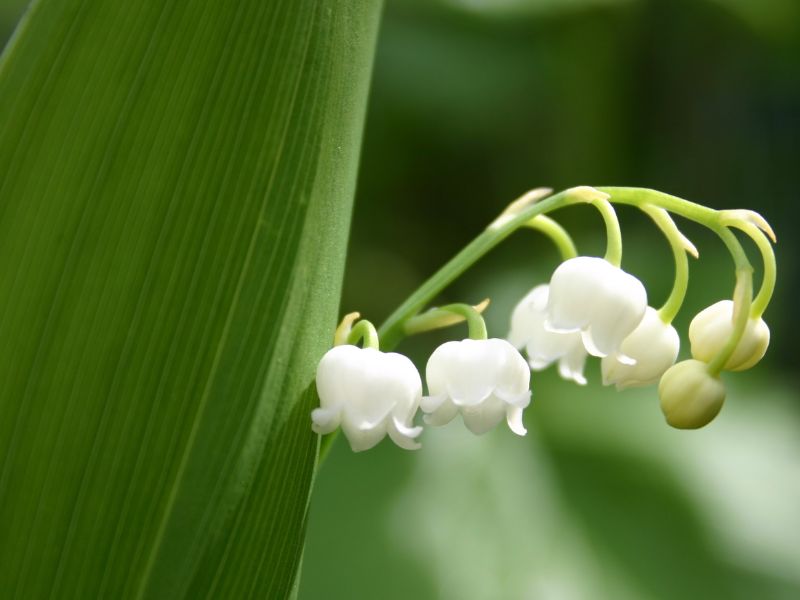
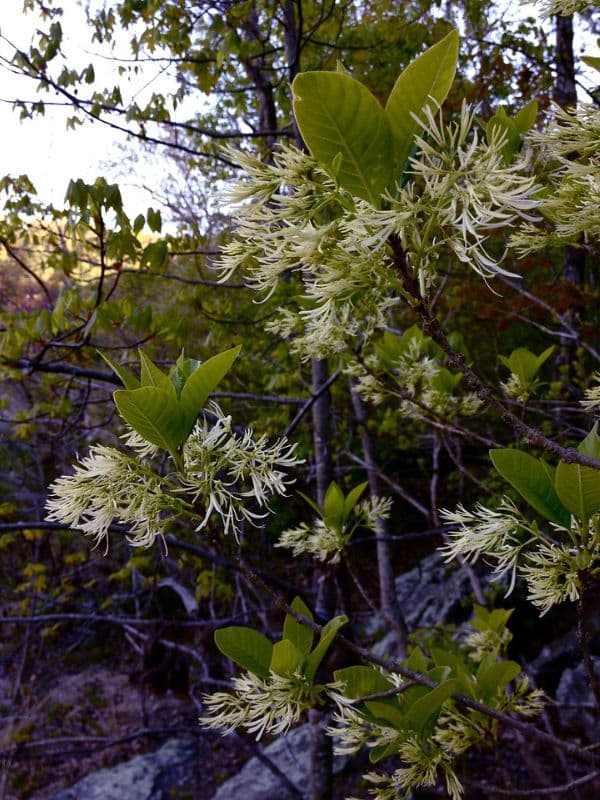
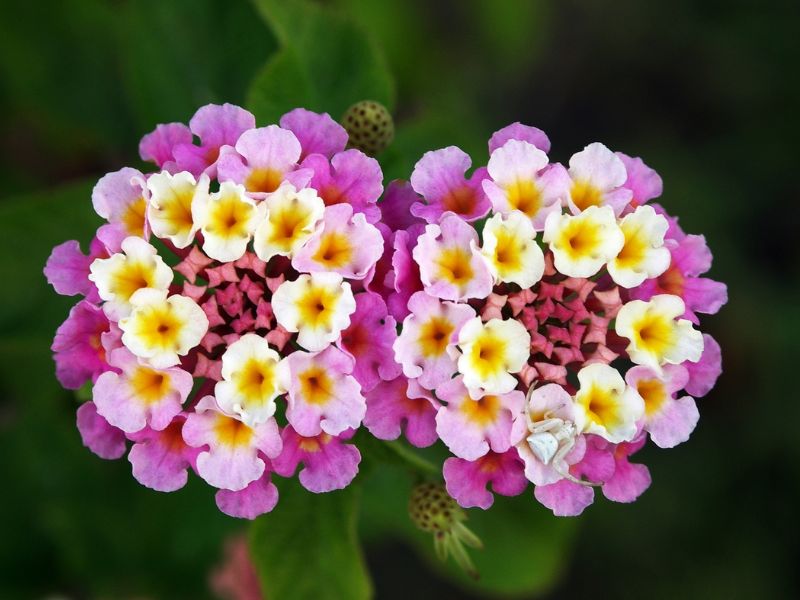
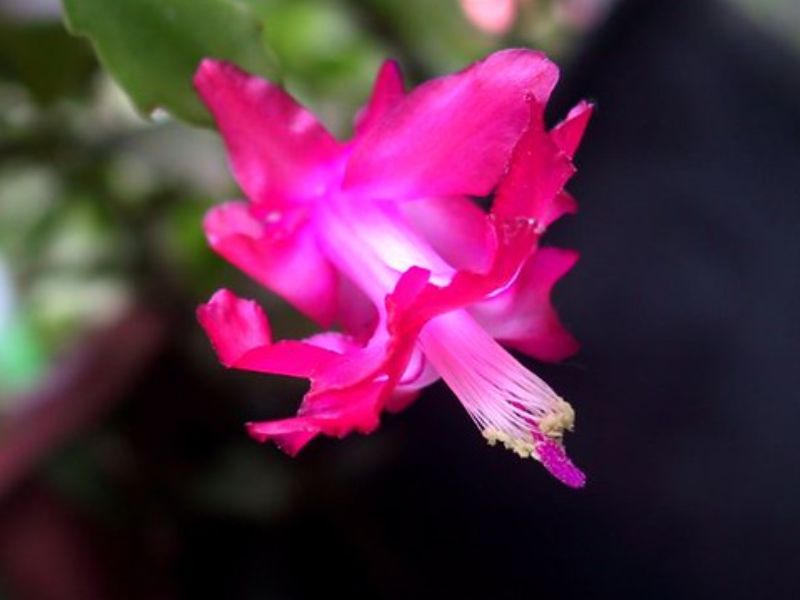
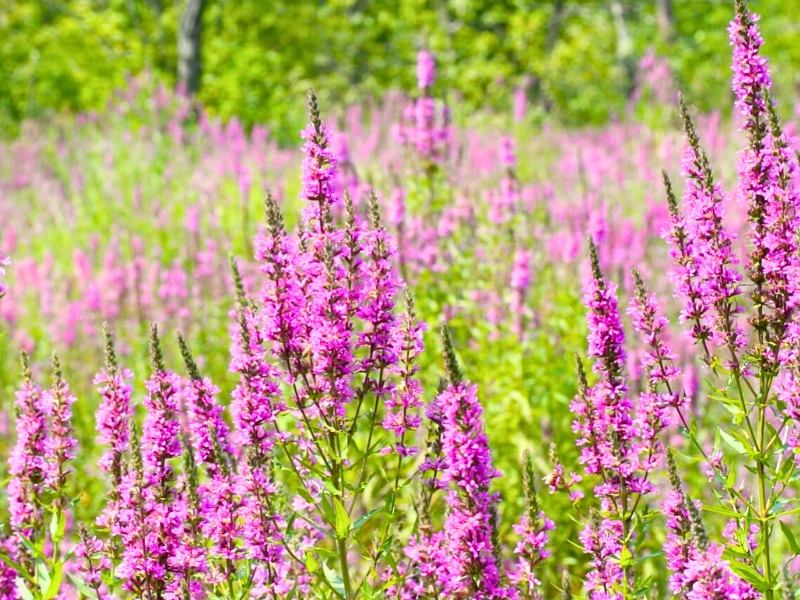
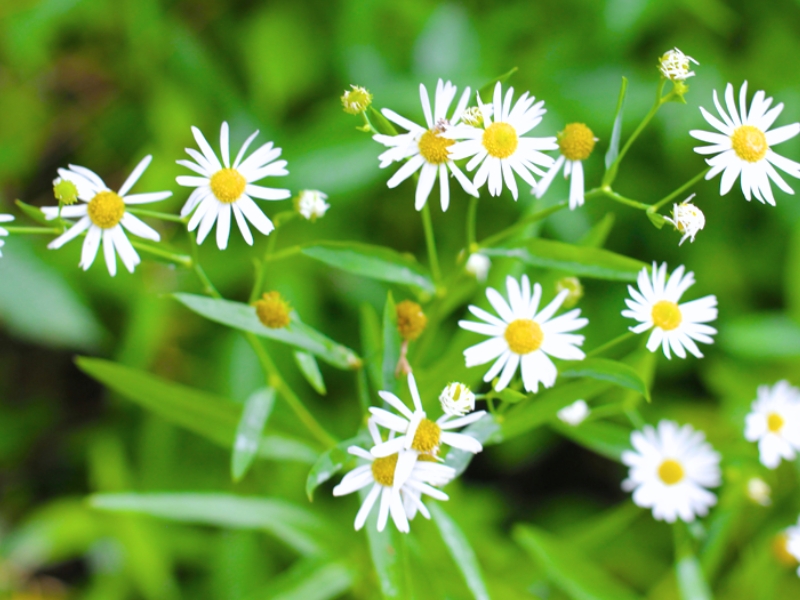
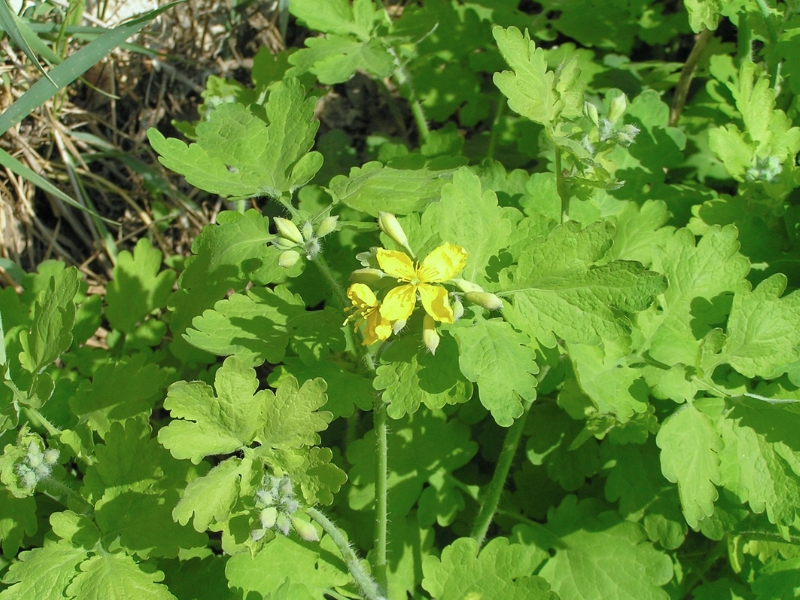
Leave a Reply